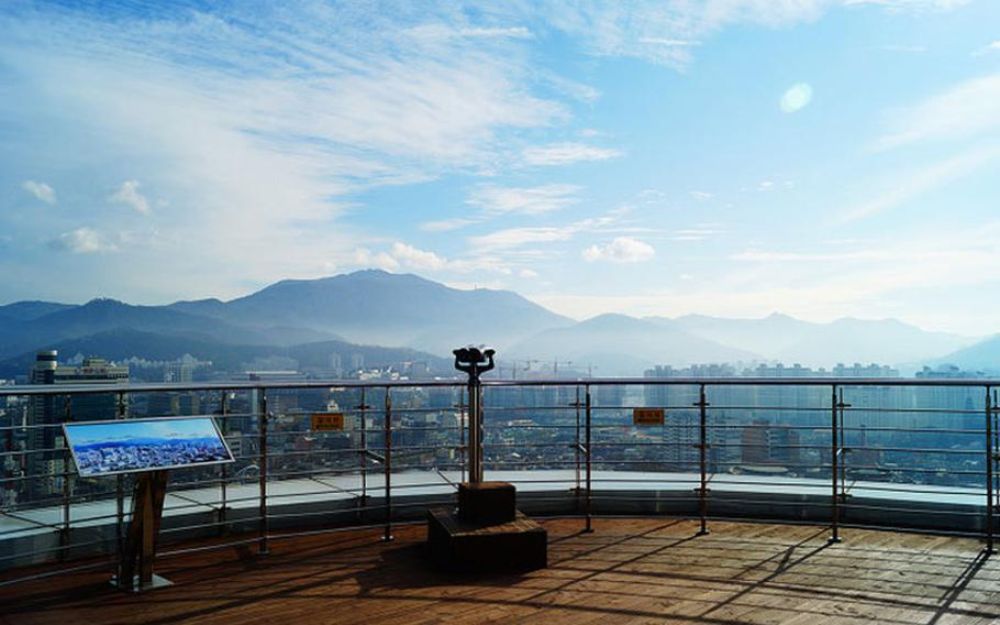

Sajik Park, nestled in the bustling city of Gwangju, South Korea, has a modest yet noteworthy history when it comes to tourism. With its origins dating back to the Silla Dynasty, it's a place rich with cultural heritage and natural beauty, making it a significant spot for both locals and tourists alike.
The history of Sajik Park's tourism is intertwined with the history of Gwangju itself. During the Silla Dynasty, the area was utilized for religious ceremonies and rites. However, it wasn't until the 20th century that the park began to transform into a destination for recreation and tourism.
Originally used for ancestral worship rituals, the park saw its surroundings urbanize and its purpose evolve. The growth of Gwangju into a metropolitan city brought with it the need for green spaces, and Sajik Park's expansive grounds offered an escape from the fast-paced urban environment.
As South Korea's economy grew and the nation's travel infrastructure improved, tourism within the country increased dramatically. Gwangju, being the sixth-largest city in South Korea, saw a rise in both domestic and international tourists. Sajik Park benefited from this trend, as visitors began to seek out its historical significance and tranquil environment.
Tourists are drawn to the park's traditional Korean pavilions, calming ponds, and its stunning array of cherry blossoms in the spring. The combination of historical sites and natural elements within a city context contributes to the park’s appeal.
Sajik Tower, one of the prominent features of the park, stands as a symbol of the city's aspirations and remembrance of its past. The park also hosts various cultural events and festivals throughout the year, which grew in number as Gwangju's tourism industry expanded.
In recent years, the government’s efforts to promote regional tourism have led to the development of improved facilities within the park, including information centers, walking trails, and better maintenance of historical monuments. These enhancements have been designed to provide a more comprehensive experience for visitors.
The latest trends in tourism at Sajik Park reflect a growing interest in sustainable travel and authentic cultural experiences. Visitors are increasingly looking for eco-friendly activities and ways to connect with the local history and culture.
Currently, there is marked interest in the integration of technology to enhance the visitor experience. This includes augmented reality (AR) applications that offer interactive tours and in-depth information about the park's historical sites.
Moreover, during the COVID-19 pandemic, there has been a rise in the popularity of open, outdoor spaces such as Sajik Park. With its ample space for social distancing and outdoor leisure, the park has become a haven for those seeking to escape the confines of indoor restrictions, while still adhering to health and safety protocols.
In conclusion, Sajik Park remains a cornerstone of Gwangju's tourist attractions, presenting a blend of history, culture, and nature. Its continued adaptation to visitor needs and trends forecasts a robust future for tourism in the area.